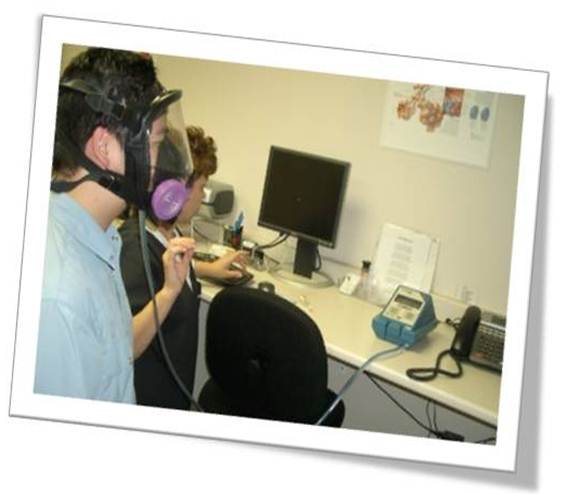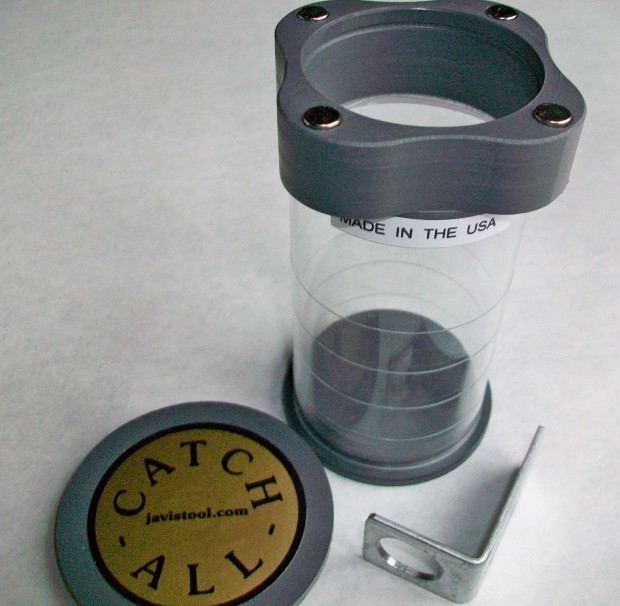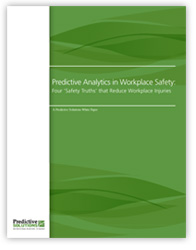
Who is required for this safety training?
According to this article, requiring certain safety training for specific employees who will not need it based on their job duties is a mistake many companies make (for example, enforcing

According to this article, requiring certain safety training for specific employees who will not need it based on their job duties is a mistake many companies make (for example, enforcing

Work Zone Safety is important to everyone because we want to avoid accidents as well as injuries. Unfortunately, there are too many statistics showing how common accidents are within work

As daylight saving time starts this week, the CPSC is encouraging us all to make sure we replace our batteries in both smoke and carbon monoxide detector alarms.
The CPSC estimates an average of 386,300 residential fires in settings in a year, with a total of nearly 2,400 deaths between 2006 and 2008. Two-thirds of deaths caused by a fire are due to a lack of smoke alarms. Needless to say, replacing your batteries every years is crucial and testing alarms on a monthly basis very necessary.
An estimated annual average of 183 unintentional non-fire CO deaths occurred between 2006 and 2008. Carbon monoxide is produced by the incomplete burning of fuel in various products that can include furnaces, portable generators, fireplaces, cars, and charcoal grills. On top of that, it is colorless and odorless, making it a lot more difficult to recognize when present.
So as you change the rest of the clocks on your walls today, make sure you do the same with every alarm detector!
To read the original press release, visit http://www.cpsc.gov/cpscpub/prerel/prhtml12/12127.html
To read on fire prevention, visit https://safetylinks.net/index.php/training/safety-courses-for-all-industries/fire-extinguisher-training-hands-on

OSHA Respiratory Protection Videos OSHA has created and posted the following videos in both English and Spanish. All on respiratory protection, from general protection to training requirements. Follow the

At the beginning of the year, one of OSHA's commitments was to create a program to help businesses better analyse their workplace hazards and create a plan to decrease accidents.

Musculoskeletal disorder in the workplace is an injury in the arms, legs, head, neck, or back caused by aggravated movements like heaving lifting, aggressive pulling and/or pushing, or similar activities.

An electrician from Indiana recently invented the cup on the left that can be attached to the opposite side of a drilling site and be able to catch whatever may

Industrial Scientific company, Predictive Solutions Corp. has recently released the white paper "Predictive Analytics in Workplace Safety: Four Safety Truths that Reduce Workplace Injuries". It's an interesting document based on

 Is the safety perception of employees on their company related to their actual workplace number of illness and injuries? Researchers are agreeing with this more recently.
Is the safety perception of employees on their company related to their actual workplace number of illness and injuries? Researchers are agreeing with this more recently.
“We’ve known for some time that certain occupations are more dangerous than others due to a variety of physical and other hazards,” said study author Dave DeJoy, Ph.D. “But in the last 20 years, there has been growing evidence that management and organizational factors also play a critical role. That is, actions taken or not taken at the organizational level can either set the stage for injuries or help prevent them.”
Studies done by DeJoy and other colleagues have been published in Journal of Safety Research. According to the results in this journal, the workers' perception of safety in their job site can decrease actual injuries by 32%. Along with this, day-to-day work tasks and operations were a factor in defining the study.
“Enacted policies and procedures-not formalized ones but those acted upon-define a climate of safety.” DeJoy agrees. “Injury is a failure of management. Organizations who blame individuals for injuries do not create a positive safety climate.”
Of course, there were several other factors taken into consideration when they examined this study including, work-family interference, management-employee relations, organizational effectiveness, safety climate, job content, advancement potential, resource adequacy and supervisor support.
So beyond having safety training implemented in your company, it is also important to constantly make sure your employees are being careful and stay safe at all times while doing their job. Great managing is certainly a must for overall safety in the workplace.
To read the original article, go to:
http://psychcentral.com/news/2012/02/21/workplace-culture-can-reduce-injuries-on-the-job/35083.html
To schedule safety training or consulting, call us at 407-535-8165 or go to the calendar to see our upcoming in-house classes:
https://safetylinks.net/index.php/training/trainingevents-calendar